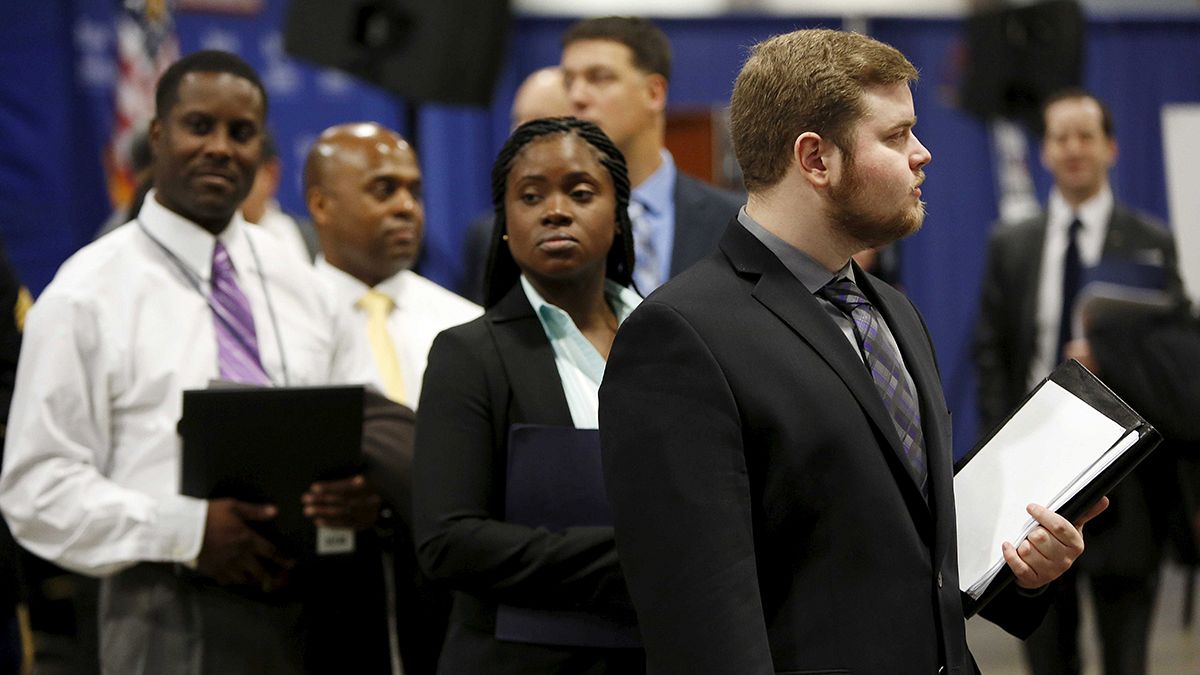US employers added 242,000 more workers last month. The Federal Reserve could see that job market strength as justification for resuming interest rates hikes this year.
US employment gains surged in February. The clearest sign yet of job market strength could ease fears the world’s largest economy was at risk of falling into recession.
Payrolls – excluding farm workers – increased by 242,000 last month. In addition there were 30,000 more Americans in work in December and January than previously calculated. The rise in January was 172,000.
February’s unemployment rate held steady at an eight-year low of 4.9 percent of the workforce.
“This is now the best 2-year stretch since the late 90s of private sector job growth.” –
LaborSec</a> on today's <a href="https://twitter.com/hashtag/JobsReport?src=hash">#JobsReport</a> on <a href="https://twitter.com/CNBC">CNBC— US Labor Department (@USDOL) 4 March 2016
The gains in February covered most sectors, with services particularly strong creating 245,000 new jobs.
There were falls in manufacturing and mining employment.
The upbeat jobs report, as well as recent positive data such as consumer and business spending, suggests the US economy is regaining momentum after growth slowed towards the end of last year.
The US central bank – the Federal Reserve – could see that apparent economic resilience as justification for resuming interest rates hikes, not this month but perhaps as early as June.
However, traders of futures linked to the Fed’s benchmark policy rate are thinking longer term. They are betting the cost of borrowing will go up in November.
One rational for the traders’ line of thought is that wages did not rise as much as expected in February. Growth in wages – which would also push up inflation – should accelerate as the labour market settles into full employment.
But it must be noted the weaker February wage growth was largely payback for January’s jump, which was driven by a calendar quirk.



